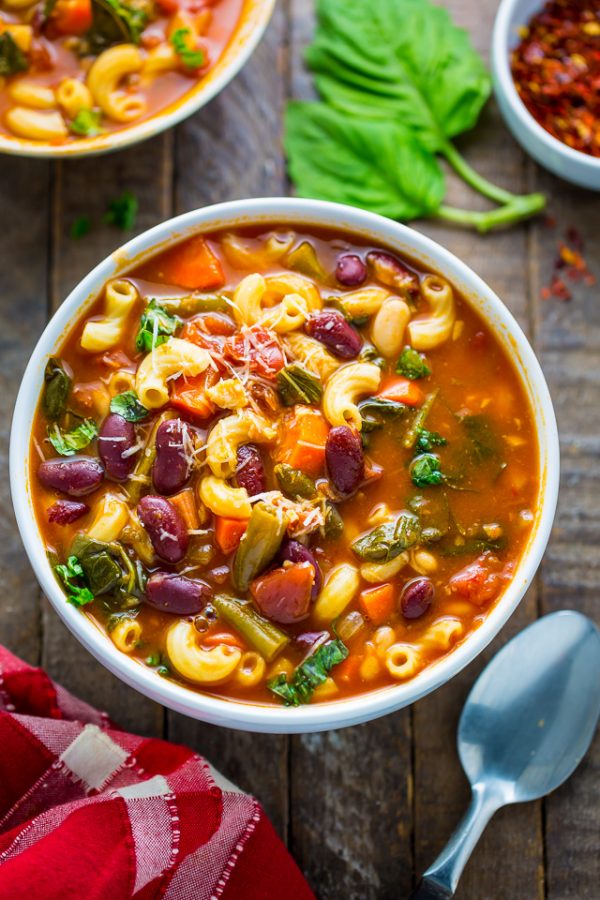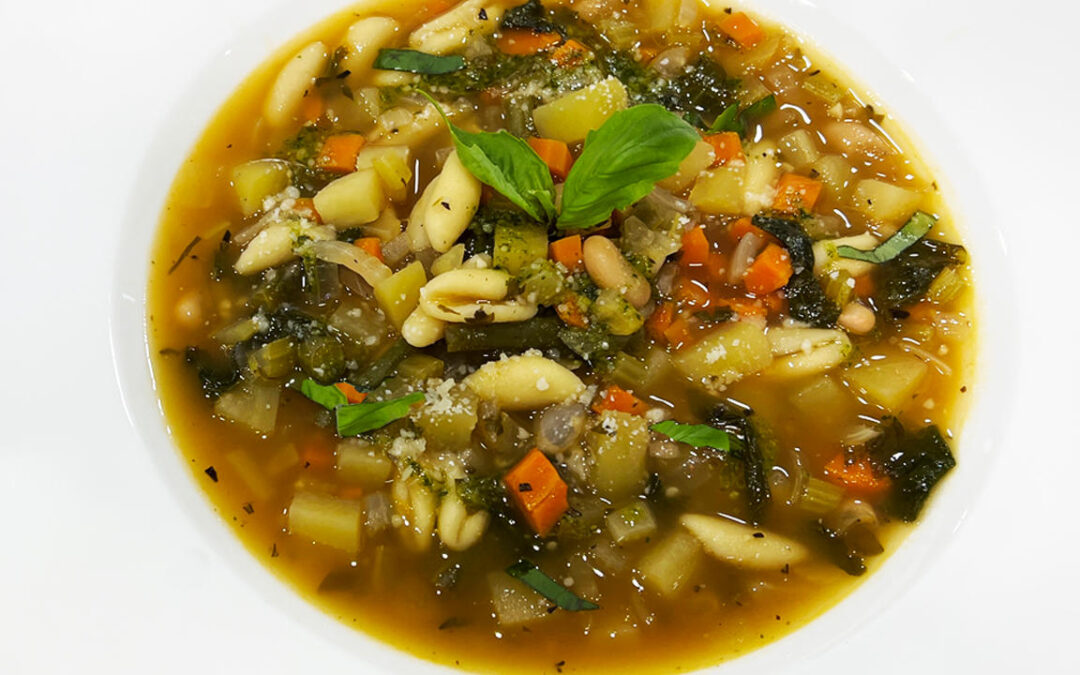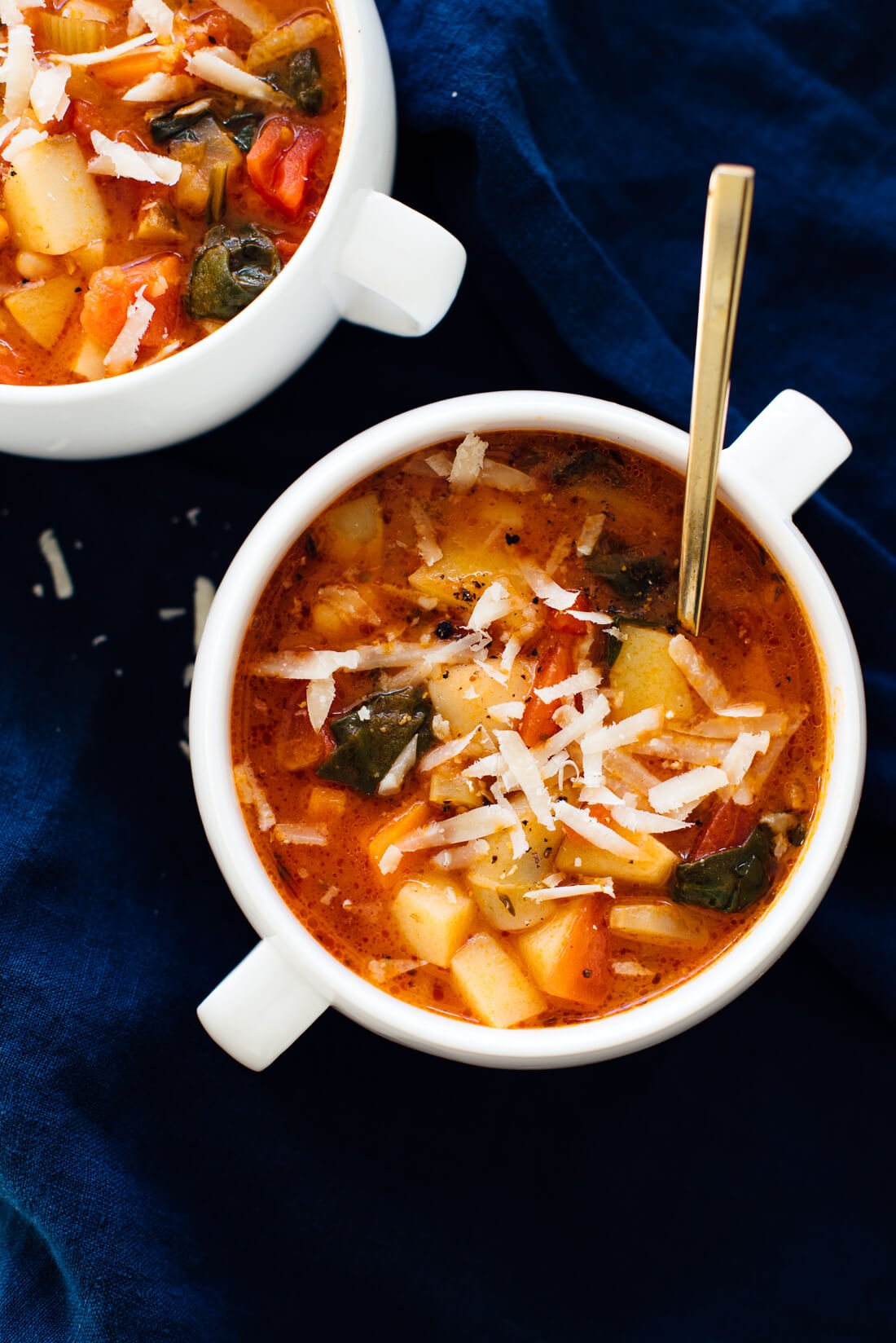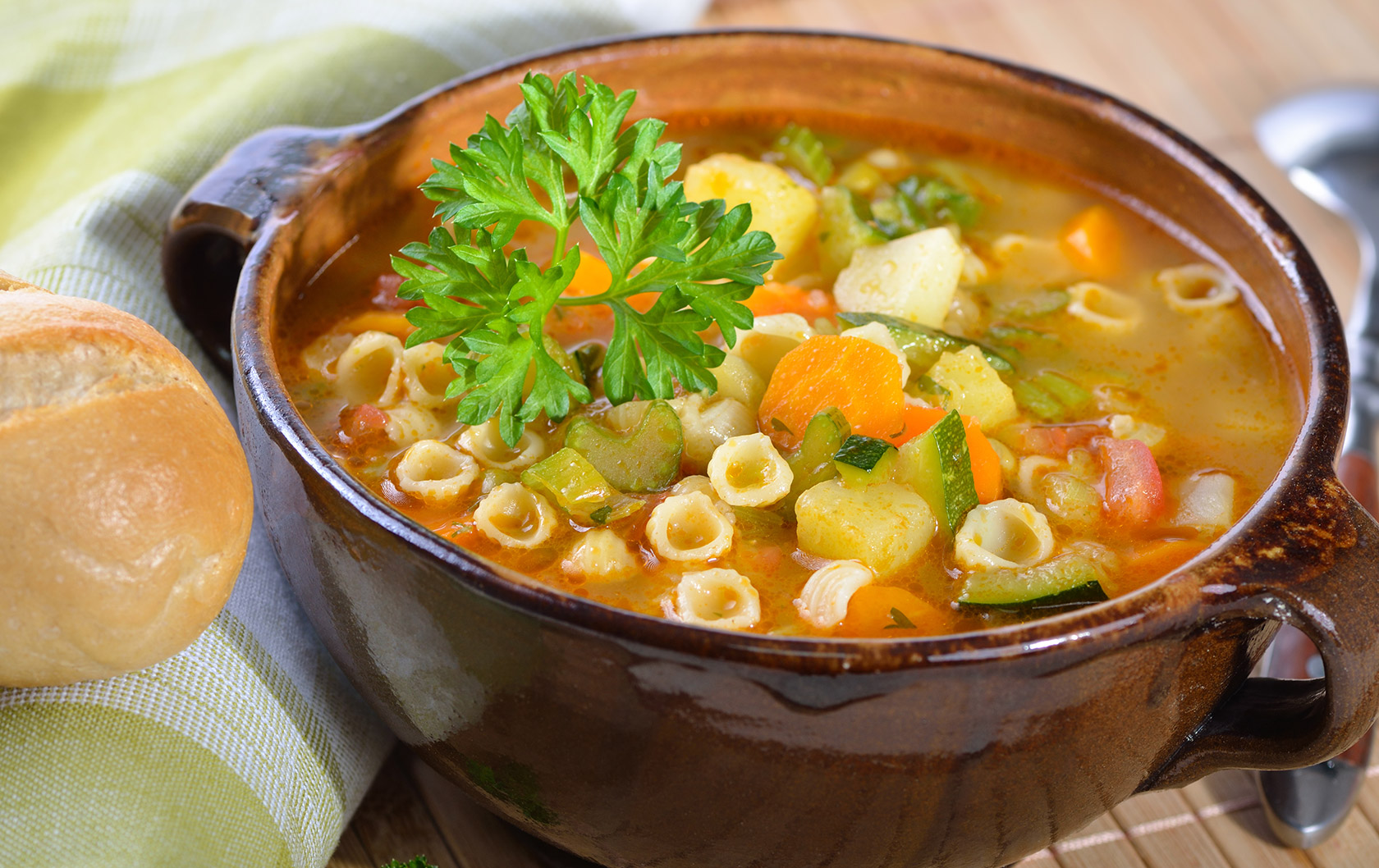Video tentang Minestrone: A Deep Dive into Italy’s Hearty Vegetable Soup
Minestrone: A Deep Dive into Italy’s Hearty Vegetable Soup

Minestrone. The very word conjures images of rustic Italian kitchens, bubbling pots brimming with vibrant vegetables, and the comforting aroma of simmering herbs. More than just a soup, Minestrone is a culinary tapestry woven from the threads of regional traditions, seasonal ingredients, and the enduring spirit of Italian home cooking. It’s a dish as diverse as the Italian landscape itself, with variations found in every region, each reflecting local produce and culinary preferences. This exploration delves into the heart of Minestrone, uncovering its history, regional variations, essential ingredients, cooking techniques, and the secrets to crafting a truly memorable bowl.
A History Steeped in Simplicity:
Unlike many dishes with precise origins, Minestrone’s history is a fluid narrative, evolving over centuries. The word itself derives from the Milanese dialect, where "minestra" simply means "soup." Its humble beginnings lie in the resourceful kitchens of peasant farmers, who utilized whatever vegetables were readily available – a testament to the resourcefulness and practicality inherent in Italian cuisine. Leftover vegetables, stale bread, and beans were combined to create a nourishing and filling meal, a testament to the "cucina povera" (poor kitchen) philosophy that prized maximizing flavor and nutrition with minimal waste.
The earliest recorded mentions of Minestrone-like soups date back to the Middle Ages, with recipes evolving alongside agricultural practices and trade routes. As different vegetables and ingredients became more accessible, the soup’s composition grew richer and more diverse, leading to the regional variations we see today. However, the core principle remained consistent: to create a hearty, flavorful, and economical meal from readily available ingredients.
Regional Variations: A Culinary Kaleidoscope:
The beauty of Minestrone lies in its adaptability. There is no single "correct" recipe; instead, a spectrum of variations exists, each reflecting the unique terroir and culinary traditions of its region of origin.
-
Genovese Minestrone: Often considered the classic version, Genovese Minestrone features green beans, potatoes, carrots, and pesto, highlighting the region’s love for basil. It often includes pasta, typically ditalini or small elbow macaroni.
-
Tuscan Minestrone: Reflecting Tuscany’s abundance of beans, Tuscan Minestrone frequently includes cannellini beans or borlotti beans, adding a creamy texture and earthy flavor. Kale or other hearty greens are also common additions.
-
Neapolitan Minestrone: Neapolitan Minestrone often incorporates a wider variety of vegetables, including zucchini, eggplant, and tomatoes, reflecting the region’s Mediterranean climate. It may also include small pasta shapes like acini di pepe.

-
Ligurian Minestrone: Similar to the Genovese version, but often includes more seafood such as mussels or clams, highlighting the region’s coastal location.

Milanese Minestrone: This version is often characterized by the inclusion of rice instead of pasta, adding a slightly different texture and subtle creaminess.

These are just a few examples; countless other regional variations exist, each with its unique character and flavor profile. The common thread is the use of seasonal vegetables, emphasizing freshness and simplicity.
Essential Ingredients: The Building Blocks of Flavor:
While regional variations abound, several ingredients form the backbone of most Minestrone recipes:
-
Vegetables: The heart of Minestrone lies in its vegetables. Common choices include carrots, celery, onions (the holy trinity of Italian cooking), potatoes, zucchini, green beans, tomatoes, and various leafy greens like kale or spinach. The specific vegetables used often depend on seasonality and regional availability.
-
Beans: Dried beans, such as cannellini, borlotti, or kidney beans, add heartiness, protein, and a creamy texture. They are typically soaked overnight before adding to the soup.
-
Pasta: Small pasta shapes like ditalini, elbow macaroni, or tiny shells are commonly used, adding a satisfying textural element. Rice can also be used as a substitute.
-
Broth: Vegetable broth forms the base of the soup, providing a flavorful foundation. Chicken broth can also be used for a richer flavor, but vegetarian broth is more traditional.
-
Herbs and Spices: Fresh herbs such as basil, parsley, oregano, and thyme add aromatic complexity. A pinch of salt and pepper is essential, while bay leaves contribute a subtle savory note.
-
Olive Oil: High-quality olive oil is crucial for both flavor and richness. It’s used for sautéing the vegetables and adding a final drizzle before serving.
Mastering the Technique: A Step-by-Step Guide:
Crafting a truly delicious Minestrone requires careful attention to technique. Here’s a general guideline:
-
Sautéing the Aromatics: Begin by sautéing finely chopped onions, carrots, and celery in olive oil until softened. This step builds the foundation of the soup’s flavor.
-
Adding the Vegetables: Add the remaining vegetables (potatoes, zucchini, green beans, etc.) and cook until slightly softened.
-
Incorporating the Beans: If using dried beans, add them to the pot along with the vegetables. If using canned beans, add them towards the end of the cooking process.
-
Building the Broth: Pour in the vegetable broth, ensuring all ingredients are submerged. Add herbs, spices, and bay leaves.
-
Simmering to Perfection: Bring the soup to a boil, then reduce heat and simmer for at least 30-45 minutes, or until the vegetables are tender. The longer it simmers, the richer the flavor will become.
-
Adding Pasta (or Rice): Add pasta (or rice) during the last 10-15 minutes of cooking time, allowing it to cook through.
-
Seasoning and Finishing: Taste and adjust seasoning as needed. Stir in fresh herbs just before serving. A drizzle of olive oil adds richness and visual appeal.
Beyond the Bowl: Serving and Variations:
Minestrone is a versatile dish that can be enjoyed in various ways. It can be served as a hearty main course, accompanied by crusty bread for dipping. It’s also excellent as a starter or side dish, offering a flavorful prelude to a larger meal.
For added richness, a dollop of pesto or a grating of Parmesan cheese can elevate the soup’s flavor profile. A squeeze of lemon juice adds brightness, while a sprinkle of red pepper flakes provides a touch of heat.
Conclusion: A Timeless Classic for Modern Kitchens:
Minestrone is more than just a soup; it’s a culinary journey through Italy’s rich agricultural heritage and regional diversity. Its adaptability, simplicity, and nourishing qualities have ensured its enduring popularity for centuries. Whether following a traditional recipe or creating your own unique variation, Minestrone offers a rewarding culinary experience, a comforting bowl of warmth, and a taste of authentic Italian home cooking. So, gather your favorite seasonal vegetables, embrace the simplicity of the process, and embark on your own Minestrone adventure. The possibilities, like the Italian landscape itself, are endless.

Penutup
Therefore, we hope this article has provided valuable insights on Minestrone: A Deep Dive into Italy’s Hearty Vegetable Soup. We hope you found this article informative and helpful. See you in our next article!

